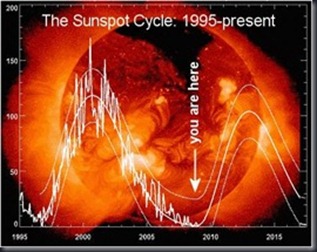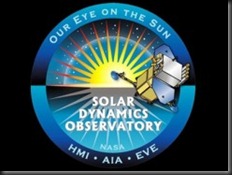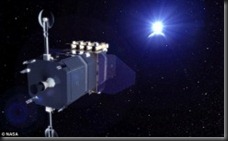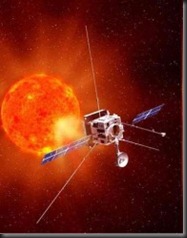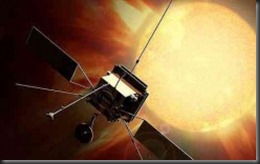Hunters Blade
Orion The Hunter
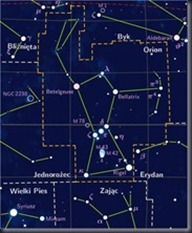 The stars in the magnificent constellation of Orion-The Hunter represent Orion with his two hunting dogs fighting Taurus the Bull. Found on the celestial equator it is visible throughout the world.
The stars in the magnificent constellation of Orion-The Hunter represent Orion with his two hunting dogs fighting Taurus the Bull. Found on the celestial equator it is visible throughout the world.
The Orion Nebula is known to be one of the most fruitful factories in space. It is found in the second star in Orion’s Belt (a chain of three stars) and is a stellar birthing ground where stars and planets are born from collapsing clouds of gas and dust. It is one of the brightest nebula and also visible to the naked eye in the evenings as a diffuse glow.
It is found in the second star in Orion’s Belt (a chain of three stars) and is a stellar birthing ground where stars and planets are born from collapsing clouds of gas and dust. It is one of the brightest nebula and also visible to the naked eye in the evenings as a diffuse glow.
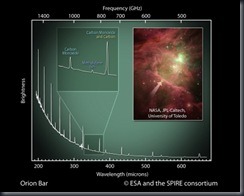 Via a high definition spectroscope (HIFI) Herschel has identified within the Orion Nebula all the molecules needed for the creation of life – water, carbon monoxide, formaldehyde, dimethyl ether, hydrogen cyanide and others.
Via a high definition spectroscope (HIFI) Herschel has identified within the Orion Nebula all the molecules needed for the creation of life – water, carbon monoxide, formaldehyde, dimethyl ether, hydrogen cyanide and others.
Most are fatal to humans but with the right combination of temperature, and exposure to radiation, these chemical molecules can arrange themselves to form basic amino acids – the building block of life.
How this leads to complex life is still a much debated issue. But complex life cannot exist without amino acids. These are the 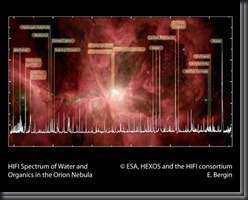 building blocks of proteins. (Proteins are the active elements of cells.) They aid and control the chemical reactions that make the cells (and therefore life) work.
building blocks of proteins. (Proteins are the active elements of cells.) They aid and control the chemical reactions that make the cells (and therefore life) work.
Whilst this does not prove the existence of alien life it does prove the universe is ripe with the ingredients needed to build it, given the right combination of circumstances.

